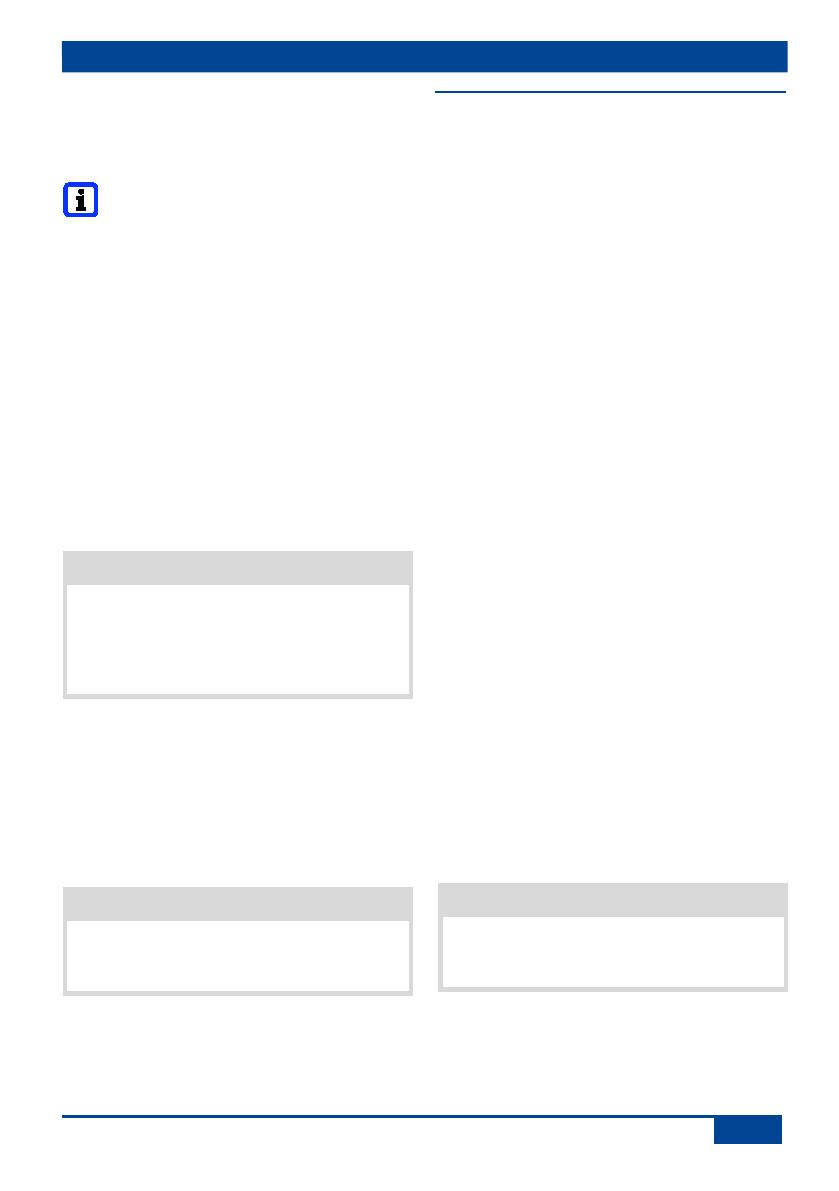
10. Conversion to long fastening rod │ UK
10. Turn the fastening rod back until the hole
[B] and nut [M] are exactly opposite one
another nut [M] to the right of the
tension relief [Z].
Turn back the fastening rod a
maximum of one rotation.
11. In this position, tighten the lock nut [9]
with a tightening torque of 20 Nm and
secure it with a threaded pin.
Tip: With a screwdriver between the
rubber roll and fastening rod, hold the
rod in position so that it does not turn.
12. Push provided insulation sleeve over the
motor connecting cables [7]. This must
protrude approx. 20 mm beyond the
existing insulation sleeve.
13. From below, carefully thread the
insulation sleeve with the connecting
cable upwards into the fastening rod. If
necessary, use a threading help.
14. Push motor cover [8] downwards.
In case of incorrect position of the motor
cover, this cannot be pushed down
completely. Turn the motor cover [8] so
that the groove [8.1] inside the motor cover
fits over the motor connecting cable [8].
15. Wire motor connecting cables and
capacitor according to wiring diagram on
connecting terminal chap. 16 or inside
of canopy.
16. Lift ceiling fan and hang it in the ceiling
hook [H] with fastening rod’s rubber roll [6].
17. Perform the electrical connection in
accordance with chapter 9.3.
Malfunctioning, if the ceiling fans cannot
swing freely. Leave 5 to 8 mm space
between upper edge of canopy and ceiling.
18. Push canopy [1] towards the ceiling and
secure it with the adjusting ring [5].
19. Commission ceiling fan in accordance
with chap 9.4.
10.2 Conversion of EC 90 B / EC 140 B
to long fastening rod
1. Switch off mains fuse, secure against
being accidentally switched back on and
position a visible warning sign. Comply
with the 5 safety regulations.
2. Remove motor connecting cables [15] from
connection terminal [16].
3. Take ceiling fan off the ceiling hook.
4. From below, carefully pull motor connecting
cables [15] out of the fastening rod [20].
5. Remove nut [21] and screw [22] and pull
fastening rod off of mounting bolts [23.1].
6. Remove canopy [17] and adjusting ring [19]
and push it onto the new, long fastening
rod.
7. Push the new fastening rod [20.1] onto
mounting bolts [23.1] and screw them
securely with screw [22] and nut [21],
tightening torque 10 Nm.
8. Push provided insulation sleeve over the
motor connecting cables. This must pro-
trude approx. 20 mm beyond the existing
insulation sleeve.
9. From below, carefully thread the insulation
sleeve with the connecting cables upwards
into the fastening rod. If necessary, use a
threading help.
10. Wire motor connecting cables and
capacitor according to wiring diagram on
connecting terminal chap. 16 or inside
of canopy.
11. Lift ceiling fan and hang it in the ceiling
hook [H] with fastening rod’s rubber roll .
12. Perform the electrical connection in
accordance with chapter 9.3.
Malfunctioning, if the ceiling fans cannot
swing freely. Leave 5 to 8 mm space
between upper edge of canopy and ceiling.
13. Push canopy [17] towards the ceiling and
secure it with the adjusting ring [19].
14. Commission ceiling fan in accordance
with chap 9.4.










